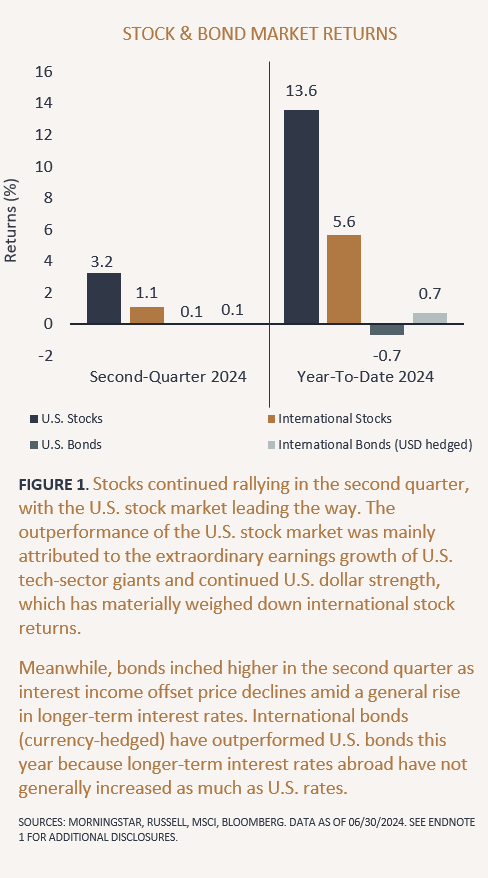I. Rising Identity Theft Threats Amid Tax Season
As the 2025 tax filing season ramps up, the Internal Revenue Service (IRS), in collaboration with the Security Summit and tax industry groups, has issued multiple warnings about the surge in identity theft and fraud schemes targeting taxpayers. The IRS released its annual Dirty Dozen scams list, highlighting phishing, ghost preparers, deepfake‑style impersonation, and deceptive tax offers as widespread dangers this year. These scams aim not just to financially defraud individuals, but to steal personal and financial data for ongoing identity theft and refund fraud.
II. The Dirty Dozen: Top Scams of 2025
● Phishing and Smishing Scams
Scammers posing as the IRS, state tax agencies, or tax software vendors send unsolicited emails or text messages with promises of tax refunds or threats of legal action. Clicking on these links may expose users to identity theft or malware.
● Ghost Preparers
These are unlicensed individuals who prepare tax returns but fail to sign them or list a Preparer Tax Identification Number (PTIN). They often inflate refunds or claim ineligible credits, leaving victims exposed to audits or financial loss.
● Social Media Scams
Fraudulent tax “hacks” and refund schemes proliferate on platforms like TikTok and Instagram. These claims are often unverified, misleading, or outright fraudulent—yet can prompt tax fraud and identity theft.
● Third-Party Online Account Scams
Scammers offer fraudulent assistance in setting up IRS Online Accounts. Victims are led to fake pages where they unwittingly submit personal data—information later abused to file fraudulent returns or apply for credit.
● AI‑Powered Deepfake Fraud
Scammers are harnessing AI to impersonate coworkers, tax professionals, or even family members to request W-2 or 1099 forms. Such attacks are particularly dangerous for employers, HR professionals, and payroll staff.
III. IRS Letter Notices & Victim Assistance
Flagged Returns and Identity Alerts
The IRS automatically scans tax returns for suspicious behavior—including duplicate filings under the same Social Security Number. If flagged, the IRS sends letters—such as 5071C, 4883C, and 5447C—alerting taxpayers to verify their identity online, via phone, or in person before their return can be processed.
Identity Theft Victim Assistance (IDTVA)
Taxpayers whose identities are used fraudulently—but didn’t file the return—can file Form 14039, the Identity Theft Affidavit. These cases go to the IRS’s IDTVA unit, where cases are investigated and resolved. Victims are issued an Identity Protection PIN (IP PIN) annually to prevent future fraudulent filings.
However, resolution times remain concerning: as of mid‑2025, identity fraud cases average nearly 20 months to resolve—well above the agency’s 120‑day target—leaving many victims waiting on refunds and exposed to firsthand hardship.
IV. Systemic Challenges & Delays
The IRS Taxpayer Advocate released its mid‑year report noting a largely successful 2025 filing season overall—but pointed to a backlog of 387,000 unresolved IDTVA cases remaining in inventory. A leaner IRS workforce—down 26% since the start of the filing season—amplifies challenges.
Delayed case resolution disproportionately affects vulnerable taxpayers. The report estimates 69% of affected users had incomes at or under 250% of the Federal Poverty Level—many relying on expected refunds for basic needs.IRS
V. Why Identity Theft Risks Are Escalating
Data Breaches & W‑2 Fraud
A surge in W‑2 and 1099 data theft enables fraudsters to file returns in taxpayers’ names. The authentication process is often bypassed easily, causing innocent victims to face tax notices for income they never earned.
Workforce Cuts
Staff reductions in IRS processing and services units affect resolve times. With thousands fewer on hand to respond to identity alerts and correspondences, delays are likely to persist.
Tool Misuse & Deceptive Advice
Unlicensed actors guiding taxpayers—including fraudsters offering exaggerated refund promises via social media—contribute to both audit risk and identity loss.
VI. How Taxpayers Can Protect Themselves
Identity Protection PIN (IP PIN)
The IRS recommends taxpayers sign up via their online account to receive a 6-digit IP PIN for e-filing. This PIN adds a critical layer of defense against refund fraud.
IRS Online Account Safety
Only create and access your IRS Online Account at IRS.gov. Never rely on third-party agents offering setup help—identity thieves frequently misuse such routes.
Vigilance with Communication
Never click unsolicited links in emails, texts, or social media. Fraudsters commonly use urgent, fear-based messaging. The IRS never initiates unsolicited contacts via email or text asking for personal information.
Choose Reputable Preparers
Only hire preparers with a valid PTIN who sign your return. Avoid ghost preparers and high-pressure solicitations about credits you’re unfamiliar with.
File Early
Filing early reduces risk of someone stealing your identity and filing first. Some states—like Michigan—are urging taxpayers to file as soon as possible to prevent fraud.
Reporting Fraud
Report scams or phishing to phishing@irs.gov, W‑2/1099 scams to, or find steps to resolve issues via the IRS Identity Theft Central website.
VII. Real-Life Case: Identity Theft from Fraudulent W‑2
A Washington Post investigation detailed a case where a minor—who never earned income—was issued a fake W‑2 citing nearly $32,000 in earnings under his Social Security number. The child’s mother received a CP2000 notice from the IRS demanding taxes due. Through steps including obtaining an IP PIN, filing Form 14039, and freezing credit, the fraud was resolved—but only after considerable hardship and risk.
VIII. Institutional & Policy Responses
IRS & Security Summit Campaigns
The IRS—working through its Security Summit partners, tax software companies, and state agencies—has launched summer outreach efforts titled “Protect Your Clients; Protect Yourself.” These initiatives educate tax professionals and taxpayers about evolving scams and best practices.
Coalition Against Scam and Scheme Threats (CASST)
This cross-sector task force coordinates efforts across the IRS and tax industry to curb identity theft and financial fraud. CASST helps monitor social media schemes and phishing trends.
IX. Indicators to Watch Ahead
- Reduction in IDTVA Resolution Time: Will IRS staffing and system upgrades shorten current 20-month backlogs toward the 120‑day goal?
- Complaint Volume Trends: Are reports of ghost preparers, phishing, and impersonation decreasing—or growing?
- Taxpayer Adoption of IP PINs: Increased IP PIN usage is a proactive measure showing broad engagement in self‑protection.
- Policy Enhancements: Will future IRS filings include streamlined identity verification and technological safeguards?
Conclusion: Stay Alert, Be Prepared, Protect Yourself
Identity theft remains one of the most significant threats during the tax filing season. With scammers growing more sophisticated—including AI‑driven impersonation tactics— vigilance is essential. Protect yourself by:
- Enrolling in the IP PIN program
- Using only IRS.gov services
- Avoiding unknown preparers and offers
- Filing early and resisting urgency tactics
- Monitoring and reporting suspicious activity
While fraud may be relentless, a combination of awareness, safe practices, and timely IRS tools can keep your tax season secure. If you ever receive a notice or suspect you’re a victim—even if you did not file—take action promptly by using Form 14039 or contacting Identity Theft Victim Assistance to protect your financial future.






Leave a Reply